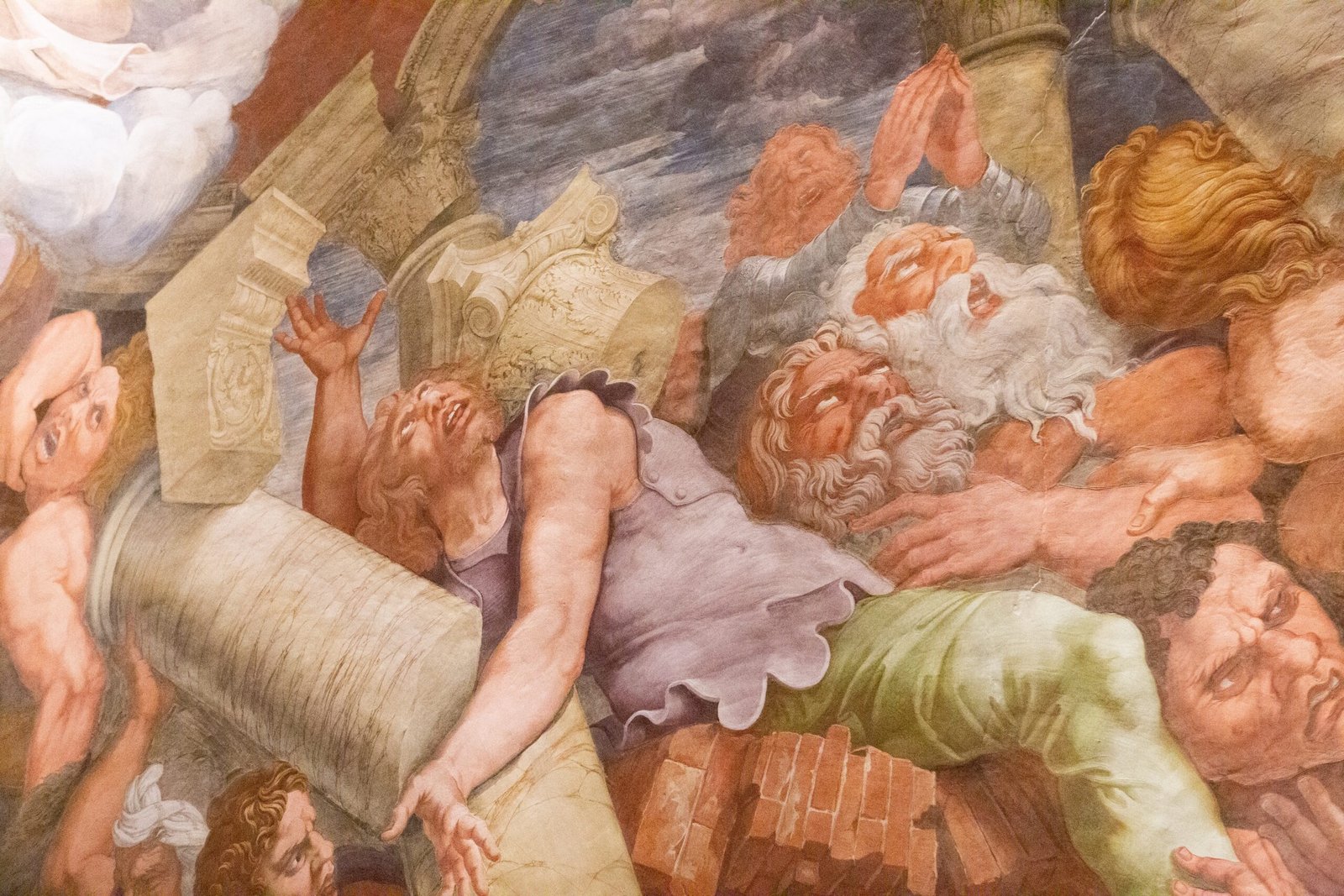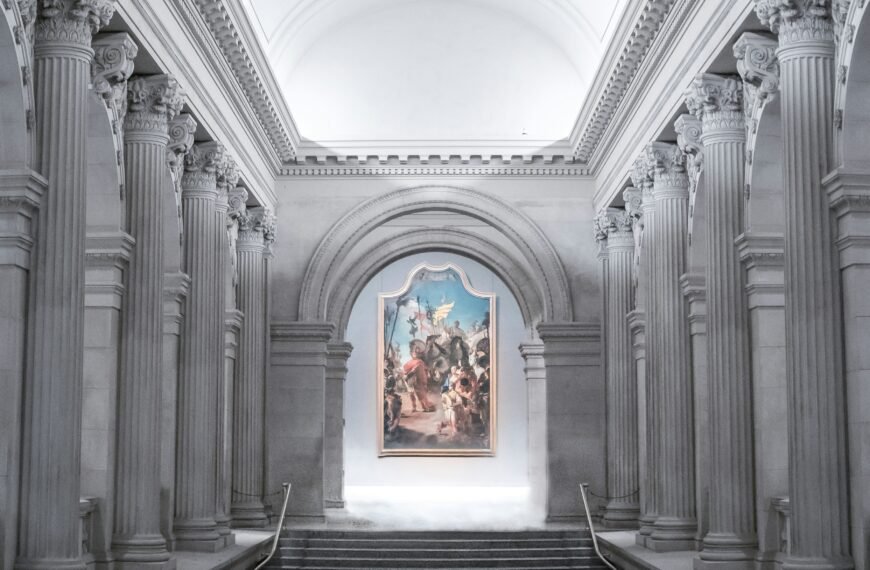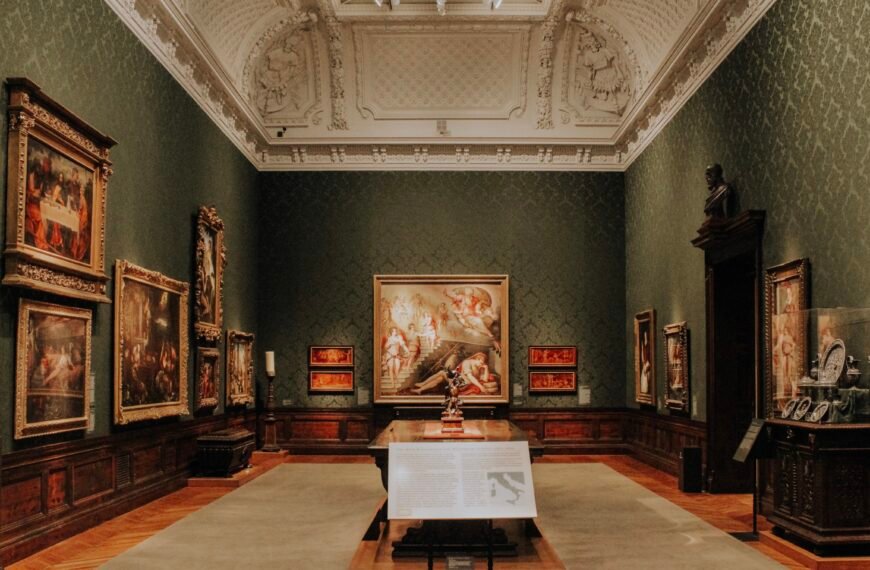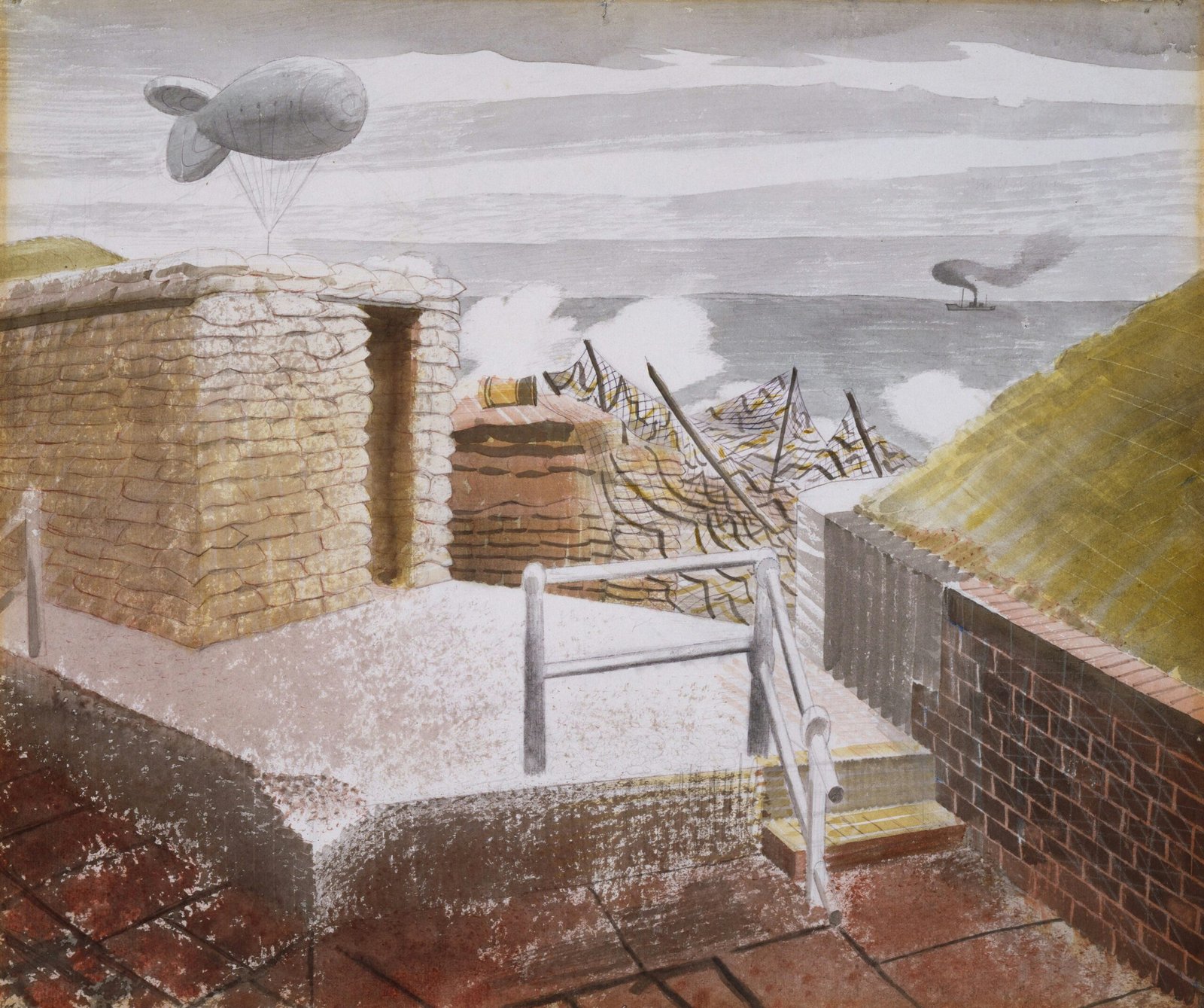Have you ever wondered where the iconic Louvre Museum is located? Well, wonder no more! This article is here to provide you with all the information you need. Discover the exact whereabouts of this world-renowned cultural landmark and uncover the secrets that lie within its walls. From its fascinating history to its vast collection of art, get ready to embark on a virtual journey to one of the most beloved cultural institutions in the world: the Louvre Museum. So, fasten your seatbelt and let’s explore!
History and Background of the Louvre Museum
Construction of the Louvre
The Louvre Museum, located in the heart of Paris, has a fascinating history that dates back to the 12th century. Originally built as a fortress by King Philip II, the construction of the Louvre began in 1190. Over the centuries, it underwent numerous transformations and expansions, eventually becoming the impressive museum we know today.
Evolution of the Louvre
Throughout its long history, the Louvre has served various purposes. It was initially a royal residence, housing many French monarchs, including King Charles V and King Louis XIV. It wasn’t until the French Revolution in 1789 that the Louvre was transformed into a public museum. The revolutionaries believed that art should be accessible to all, and therefore, the Louvre was opened to the public in 1793.
Famous Artworks in the Louvre
The Louvre Museum is home to an extensive collection of art from various time periods and cultures. Some of the most famous artworks housed within the Louvre include Leonardo da Vinci’s iconic “Mona Lisa,” the ancient Greek statue known as the “Venus de Milo,” and the magnificent sculpture of the “Winged Victory of Samothrace.” These masterpieces, among many others, attract millions of visitors each year, making the Louvre a must-visit destination for art enthusiasts worldwide.
Location of the Louvre Museum
Geographical Location
The Louvre Museum is located in the 1st arrondissement of Paris, France, along the Right Bank of the River Seine. Its central location allows easy access to other popular attractions in the city, such as the Notre-Dame Cathedral and the Musée d’Orsay.
Address
For those planning a visit to the Louvre, the museum’s official address is Rue de Rivoli, 75001 Paris, France. This address provides a convenient reference point for navigation and ensuring a smooth journey to the museum.
Access and Transportation
Getting to the Louvre Museum is quite easy, thanks to the excellent public transportation system in Paris. Visitors can take the metro and get off at the Palais-Royal Musée du Louvre station, which is conveniently located near the museum. Additionally, buses and taxis are readily available throughout the city, providing alternative means of transportation. For those who enjoy walking, the Louvre Museum is also easily accessible on foot.

Architecture of the Louvre Museum
Palais du Louvre
The architecture of the Louvre Museum is a testament to its rich history. The Palais du Louvre, the original part of the complex, showcases an architectural blend of medieval, Renaissance, and classical styles. The iconic quadrilateral shape of the building, featuring imposing facades and ornate details, reflects the grandeur and opulence of its former role as a royal residence.
Pyramide du Louvre
One of the most recognizable features of the Louvre Museum is the Pyramide du Louvre. Designed by renowned architect I.M. Pei and completed in 1989, this modern glass pyramid serves as the main entrance to the museum. Its unique design harmoniously combines contemporary aesthetics with the historic surroundings, symbolizing the blend of past and present that defines the Louvre.
Wings and Louvre Pyramid
In addition to the Palais du Louvre and the Pyramide du Louvre, the museum complex encompasses several wings that have been added over the years. These wings, including the Richelieu, Denon, and Sully wings, provide additional exhibition space and contribute to the grandeur of the Louvre Museum. Together with the Louvre Pyramid, they create a stunning architectural ensemble that captivates visitors from around the world.
Collections and Exhibitions in the Louvre Museum
Art Collections
The Louvre Museum houses an extensive collection of art from diverse periods and regions. Its permanent collection includes over 35,000 artworks, spanning from antiquity to the 21st century. Visitors can admire works by renowned artists such as Rembrandt, Michelangelo, and Delacroix, among countless others.
Antiquities
The Louvre is particularly renowned for its collection of ancient Egyptian, Greek, and Roman artifacts. Treasures such as ancient Egyptian sarcophagi, Greek vases, and Roman sculptures transport visitors to the great civilizations of the past, offering a glimpse into their rich cultural heritage.
Sculptures
Sculpture enthusiasts will be delighted by the Louvre’s remarkable collection of sculptures. From the intricate details of classical Greek and Roman sculptures to masterpieces of the Renaissance, the museum showcases sculptures that demonstrate the skill and creativity of artists throughout history.
Paintings
The Louvre Museum is also known for its impressive collection of paintings, which includes masterpieces from the Renaissance, Baroque, and Romantic periods. Visitors can encounter iconic works such as Leonardo da Vinci’s “Mona Lisa,” Johannes Vermeer’s “The Lacemaker,” and Eugène Delacroix’s “Liberty Leading the People.”
Decorative Arts
In addition to paintings and sculptures, the Louvre features a vast collection of decorative arts. These include exquisite pieces of furniture, luxurious tapestries, and intricately crafted ceramics. These objects highlight the evolution of artistic styles and techniques across different periods and cultures.

Famous Artworks in the Louvre Museum
Mona Lisa
Arguably the most famous artwork in the Louvre Museum, Leonardo da Vinci’s “Mona Lisa” continues to captivate visitors from around the world. The enigmatic smile of the subject and the meticulous details of the painting have made it an enduring symbol of art and beauty.
Venus de Milo
Another iconic masterpiece housed in the Louvre is the “Venus de Milo.” This ancient Greek sculpture, believed to depict Aphrodite, the goddess of love and beauty, showcases the exceptional skill of ancient sculptors. Its missing arms only add to its allure, capturing the imagination of art enthusiasts.
Winged Victory of Samothrace
The majestic “Winged Victory of Samothrace” is a sculpture that depicts the Greek goddess Nike. Perched atop a stone ship’s prow, this Hellenistic masterpiece exudes a sense of grace and triumph. Its location at the top of the Daru Staircase adds to its dramatic impact, making it one of the Louvre’s most beloved sculptures.
The Raft of the Medusa
The powerful and emotionally charged painting “The Raft of the Medusa” by Théodore Géricault is another highlight of the Louvre Museum. Depicting a group of shipwreck survivors desperately clinging to a makeshift raft, this monumental masterpiece explores themes of survival, hope, and human tragedy.
Liberty Leading the People
Eugène Delacroix’s “Liberty Leading the People” is a prominent work within the Louvre’s collection. This monumental painting portrays the allegorical figure of Liberty guiding the people of France during the Revolution of 1830. Its bold brushwork and potent symbolism have made it an enduring symbol of liberty and revolution.
Visitor Amenities and Facilities in the Louvre Museum
Visitor Services
The Louvre Museum offers several visitor services designed to enhance the visitor experience. These include information desks, where knowledgeable staff can provide guidance and insights, as well as cloakrooms for storing personal belongings. The museum also offers a range of accessibility services to accommodate visitors with disabilities or special needs.
Cafes and Restaurants
When exploring the Louvre, visitors can take a break and indulge in the culinary delights available at the museum’s cafes and restaurants. From casual coffee stands to elegant dining establishments, these venues offer a diverse selection of dishes and beverages to suit every taste.
Gift Shops
For those looking to bring a piece of the Louvre home, the museum’s gift shops offer a wide range of souvenirs, art reproductions, books, and other items. Whether it’s a postcard, a beautifully crafted piece of jewelry, or a book on art history, there’s something for everyone to commemorate their visit to this iconic museum.
Audio Guides
To enhance the visitor’s understanding and enjoyment of the artworks on display, the Louvre provides audio guides in multiple languages. These informative devices offer detailed commentaries about the museum’s collections, guiding visitors through the exhibitions and providing valuable insights into the artworks.

Louvre Museum: Opening Hours and Ticket Prices
Opening Hours
The Louvre Museum is open from 9:00 am to 6:00 pm every day, except on Tuesdays when it is closed. On Wednesdays and Fridays, the museum extends its opening hours until 9:45 pm, allowing visitors the opportunity to explore the collections during the evening.
Ticket Prices
Admission to the Louvre Museum requires the purchase of a ticket. The standard adult ticket costs €17, and reduced tickets are available for visitors aged 18 to 25 and certain groups. Children under the age of 18 can enter for free. Additionally, the museum offers a range of ticket options and packages, including time-specific tickets and combined entry with other attractions.
Free Admission Days
There are certain occasions when visitors can enjoy free admission to the Louvre Museum. On the first Saturday of each month, as well as on Bastille Day (July 14th), the museum offers free entry to all visitors. This provides an excellent opportunity for budget-conscious travelers to experience the wonders of the Louvre without any cost.
Louvre Abu Dhabi: A Sister Museum
Partnership with Abu Dhabi
In a groundbreaking cultural collaboration, the Louvre Museum in Paris and the Louvre Abu Dhabi formed a partnership to bring the essence of the Louvre to the Middle East. This innovative venture aims to promote cross-cultural dialogue and foster a deeper understanding of art and heritage.
Architecture and Collections
Designed by esteemed architect Jean Nouvel, the Louvre Abu Dhabi boasts a remarkable building that showcases modern architectural brilliance. The museum’s dome structure, often referred to as the “Floating Dome,” creates a mesmerizing play of light and shadow, reflecting the rich cultural traditions of the Middle East.
In addition to its stunning architecture, the Louvre Abu Dhabi has an impressive collection of artworks. Spanning across multiple civilizations and time periods, the museum’s collection offers visitors a unique opportunity to explore global art history in a captivating setting.
Visitor Information
Located on Saadiyat Island in Abu Dhabi, the Louvre Abu Dhabi provides a one-of-a-kind cultural experience in the United Arab Emirates. Visitors can easily access the museum by public transportation or private car, and the museum offers a range of visitor amenities, including cafes, a gift shop, and educational programs for all ages.
Louvre Museum: Interesting Facts
Largest Museum in the World
The Louvre Museum is not only one of the most renowned museums globally; it is also the largest. With over 72,000 square meters of exhibition space, the Louvre houses an extensive collection that spans thousands of years of human history and artistic expression.
Former Royal Residence
Before becoming a public museum, the Louvre was a royal residence for centuries. The French monarchy, including iconic figures like King Louis XIV, made the Louvre their home. The architectural splendor and grandeur of the building served as a backdrop for royal court life and political power.
Film and Popular Culture References
The Louvre Museum has been featured prominently in various films and popular culture. One of the most notable examples is the “Da Vinci Code,” in which the museum’s iconic gallery spaces and the Louvre Pyramid become an integral part of the suspenseful plot. These appearances in popular media further cement the Louvre’s reputation as a symbol of art and culture.
Conclusion
The Louvre Museum stands as a testament to the beauty, creativity, and rich cultural heritage of humanity. From its humble origins as a fortress to its transformation into one of the world’s most prestigious museums, the Louvre continues to captivate visitors with its extraordinary collections and iconic architecture. Exploring the Louvre is an opportunity to immerse yourself in the masterpieces of centuries past and experience the power of art firsthand. So whether you’re an art enthusiast, a history buff, or simply seeking a remarkable cultural experience, a visit to the Louvre Museum is an essential journey that will leave you forever inspired.









